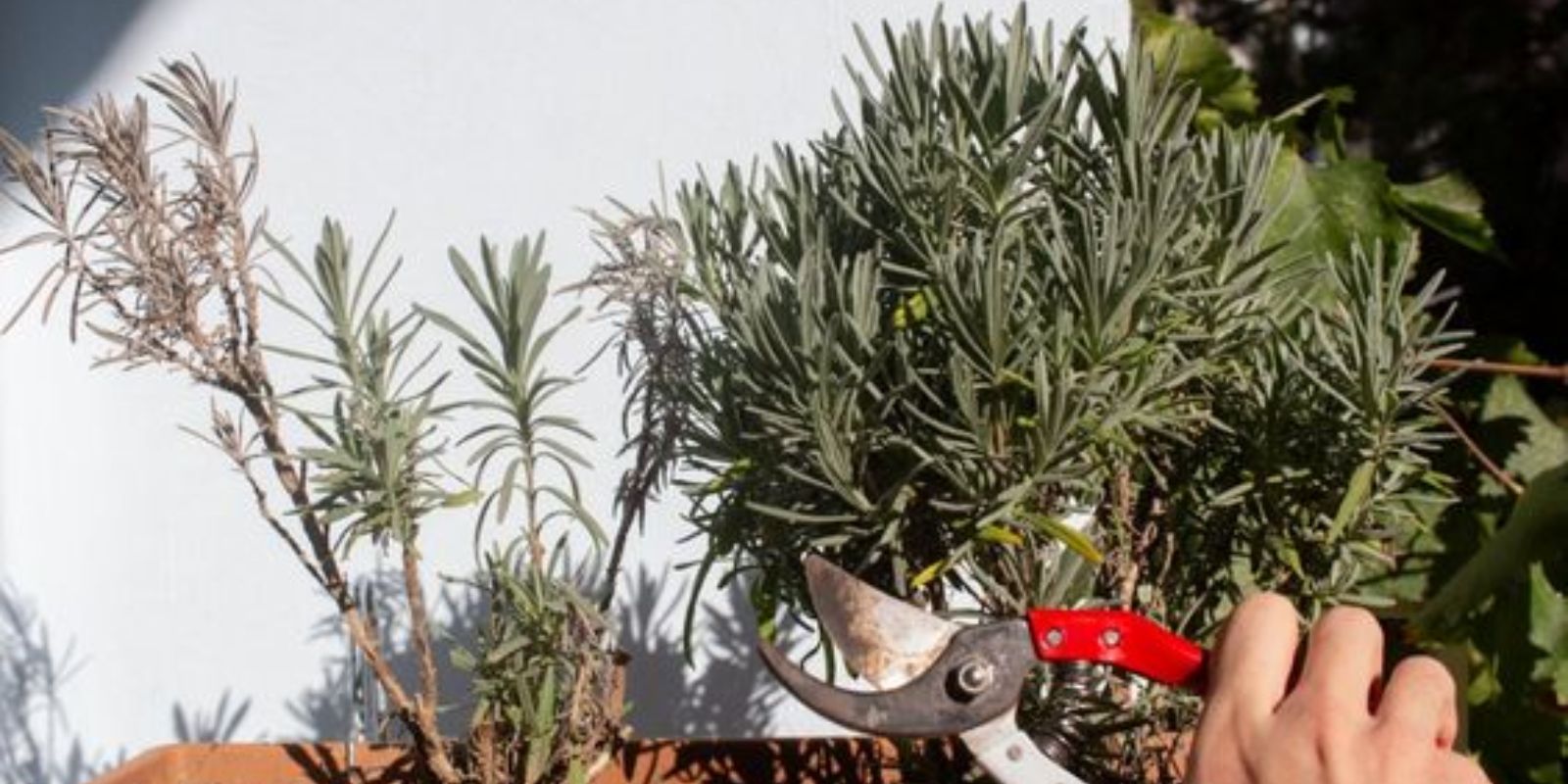Lavender is renowned for its vibrant blooms, pleasant fragrance, and therapeutic uses. Its hardy nature makes it a favorite among gardeners, but even lavender can face challenges that cause it to decline. If your lavender plants seem to be struggling, there are steps you can take to help them recover and thrive once again. This guide will walk you through the process of diagnosing and treating common issues with lavender plants to restore their health and vitality.
1. Assess the Situation
Diagnosing the Problem:
The first step in reviving a dying lavender plant is to determine the cause of its distress. Look for signs such as yellowing leaves, wilting, stunted growth, or a general lack of vigor. These symptoms can indicate various problems, including poor soil conditions, improper watering, pest infestations, or disease.
Common Issues to Check For:
- Yellowing Leaves: Often a sign of overwatering or poor drainage.
- Wilting: Can be caused by both overwatering and underwatering.
- Root Rot: Frequently results from waterlogged soil.
- Pests: Check for insects like aphids or spider mites.
- Diseases: Look for fungal infections or mildew.
2. Check Soil Drainage
Importance of Proper Drainage:
Lavender thrives in well-draining soil. If the soil retains too much moisture, it can lead to root rot and other issues. Ensure your lavender is planted in a location where excess water can easily drain away.
How to Improve Drainage:
- Soil Amendments: If your soil is clay-heavy or compacted, mix in sand or gravel to enhance drainage.
- Raised Beds: Consider planting lavender in raised beds or containers with good drainage.
- Avoid Waterlogging: Ensure that your planting site does not collect water, and avoid planting lavender in low-lying areas.
3. Water Properly
Understanding Lavender’s Watering Needs:
Lavender is adapted to dry conditions and does not require frequent watering. Overwatering is a common mistake and can be detrimental to lavender health.
Watering Tips:
- Frequency: Water the plant only when the top inch of soil feels dry. In hot weather, this may be more often, but avoid consistent dampness.
- Watering Technique: Water deeply but infrequently, allowing the soil to dry out between watering.
- Seasonal Adjustments: Reduce watering during cooler or rainy seasons when evaporation rates are lower.
4. Prune Dead Growth
Benefits of Pruning:
Pruning helps to remove dead or diseased parts of the plant, encouraging new growth and improving air circulation. This process also helps to maintain the plant’s shape and overall health.
Pruning Steps:
- Remove Dead Material: Cut back dead stems and leaves using clean, sharp shears.
- Encourage New Growth: Prune lightly after flowering to promote fresh growth.
- Avoid Over-Pruning: Be cautious not to cut too much; remove only the affected or dead portions.
5. Adjust Light Exposure
Sunlight Requirements:
Lavender requires full sun to flourish. Insufficient light can cause the plant to become leggy and weak. Ensure your lavender receives ample sunlight throughout the day.
Tips for Adequate Sunlight:
- Outdoor Placement: Choose a location that receives at least 6-8 hours of direct sunlight daily.
- Indoor Conditions: If growing lavender indoors, place it near a south-facing window or use supplemental grow lights.
- Avoid Shade: Keep lavender away from shaded areas or structures that may block sunlight.
6. Improve Soil Conditions
Soil pH and Fertility:
Lavender prefers slightly alkaline soil with a pH level between 6.5 and 7.5. If your soil is too acidic, it can affect the plant’s growth.
How to Adjust Soil Conditions:
- Test Soil pH: Use a soil test kit to determine the pH level.
- Add Lime: If the soil is acidic, add garden lime to increase alkalinity.
- Fertilize Sparingly: Use a balanced, low-nitrogen fertilizer if necessary. Lavender does not need heavy fertilization.
7. Check for Pests and Diseases
Identifying and Managing Pests:
Pests can weaken lavender plants and introduce diseases. Regular inspections can help catch infestations early.
Pest Management Tips:
- Aphids: These small insects can be controlled with insecticidal soap or neem oil.
- Spider Mites: Look for fine webbing and treat with appropriate miticides.
- General Pests: Use organic insecticides or natural predators like ladybugs.
Disease Control:
- Fungal Infections: Apply fungicides if you notice signs of mildew or fungal spots.
- Avoid Overcrowding: Ensure good air circulation to reduce the risk of disease.
Conclusion
Reviving dying lavender plants involves a combination of proper diagnosis, careful attention to soil conditions, and effective pest and disease management. By following these steps, you can help your lavender plants recover and thrive, bringing their delightful fragrance and beauty back to your garden. Remember that lavender, with its resilience and charm, can be a rewarding plant to care for with the right approach. Take the time to address each issue methodically, and you’ll soon see your lavender plants flourishing once again.

